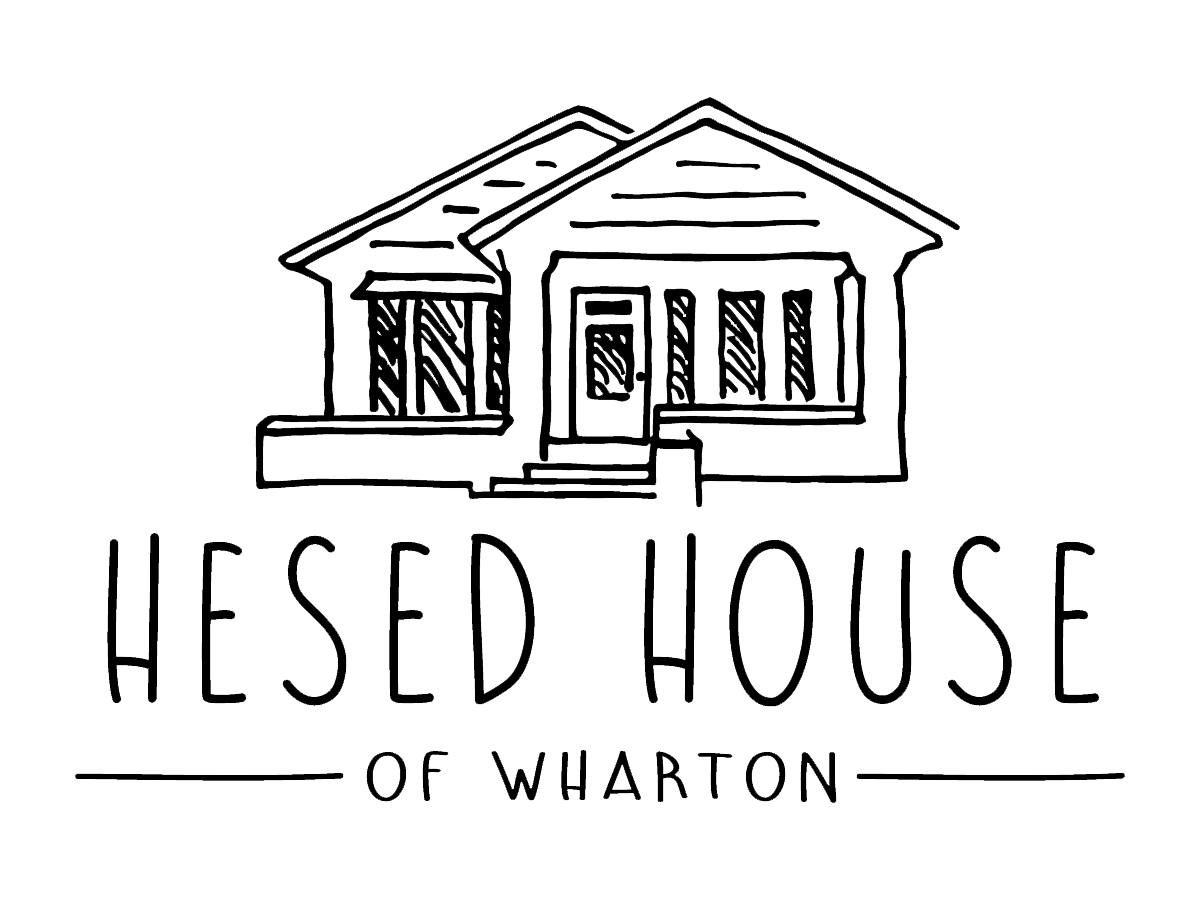Stephanie’s Story
I tell parts of this story a lot when teaching adults and adolescents but I have never written it for a wider audience to read. In the wake of a traumatic and violent event at Wharton High School yesterday, I feel compelled to do so.
Approximately ten years ago, I was the victim of a violent crime. I was injured during a home burglary on a lazy Sunday afternoon a few days before Christmas. The days after the event felt dreamlike when I remember them–people congratulated me on my courage and strength. A few people even called me a “badass.” Everyone repeated over and over how glad they were that we were “okay.”
They didn’t know that I wasn’t. They didn’t know that the next few months would be filled with intense fear and darkness. A switch had flipped. This woman many people often thought of as full of life, courageous, and bold began to retreat and shrink. There were panic attacks, constant physical tension, sleepless nights, intrusive thoughts, and to my confusion and fear, triggered flashbacks of scary and painful moments from childhood. I felt like an endangered wild animal but my own body was the threat.
In a moment of desperation, I asked someone I knew who experienced a similar violent crime a few years before, how she moved past it. I walked away from our conversation with the phone number of a counseling center. I called and within a few days, I found myself on the proverbial therapist’s couch. That appointment changed the trajectory of my life.
As someone who was pursuing a clinical mental health degree, I thought I understood trauma. I thought I had healed my early childhood trauma. So when I found myself triggered and “stuck” after the most recent event, I felt confused, angry, sad, and ashamed. And the therapist whom I now credit with triggering a chain of events that has led to deep healing and my life’s work had this to say: “You know exactly what you are feeling, but you are trying to avoid feeling it.” She also said that traditional talk therapy isn’t always helpful for processing trauma. Then she gave me my homework: go to a yoga class. I wanted to tell her where to stick her homework, but I decided to reserve my judgment because talking about the event wasn’t exactly helping.
The rest is history, as they say. A long history of learning for the first time that my mind doesn’t exist apart from my body and my body carries my history. As part of my education, I began to dive deeply into trauma work. I began to apply that knowledge to my work with adolescents in a faith based setting. I also began to look at the consequence of repeated disasters and trauma on the wellbeing of our community.
And here we are: a textbook example of a community struggling with not just high ecological vulnerability, but also high social vulnerability. As a community, maybe we need to stop being so focused on just the “state of our school district,” and thinking that everything will be great when the school is better, and be more concerned with the state of our community–the environment in which our children and youth are born into.
The values of Hesed House have grown out of not just my own personal experience as a kid who was struggling and often flew under the radar of my teachers and other influential adults in my life, and if I’m being brutally honest, barely graduated high school, but is also informed by the work of Wendy Ellis and Bill Dietz from the Milken Institute School of Public Health at The George Washington University. Below is a diagram of the Pair of Aces Tree they developed to illustrate the relationship between adverse childhood experiences and adverse childhood environments.
I encourage you to look up their work as well as the work of Dr. Nadine Burke Harris and her book The Deepest Well: Healing the Long-term Effects of Childhood Adversity.
Maybe we need to stop pointing fingers and realize we are ALL stakeholders in the lives of our children and youth. Maybe we need to stop just offering prayers and offer real, tangible support and resources to create healthy community systems that benefit all of our children. Maybe we need to stop looking back and shaking our head at how things have changed, and take a hard look around and ask what we can do to help. And maybe then we need to commit to the hard work before us. We can still pray (rest assured that I do), but in the words of an African proverb: “When you pray, move your feet.”
Our kids’ lives are at stake.


